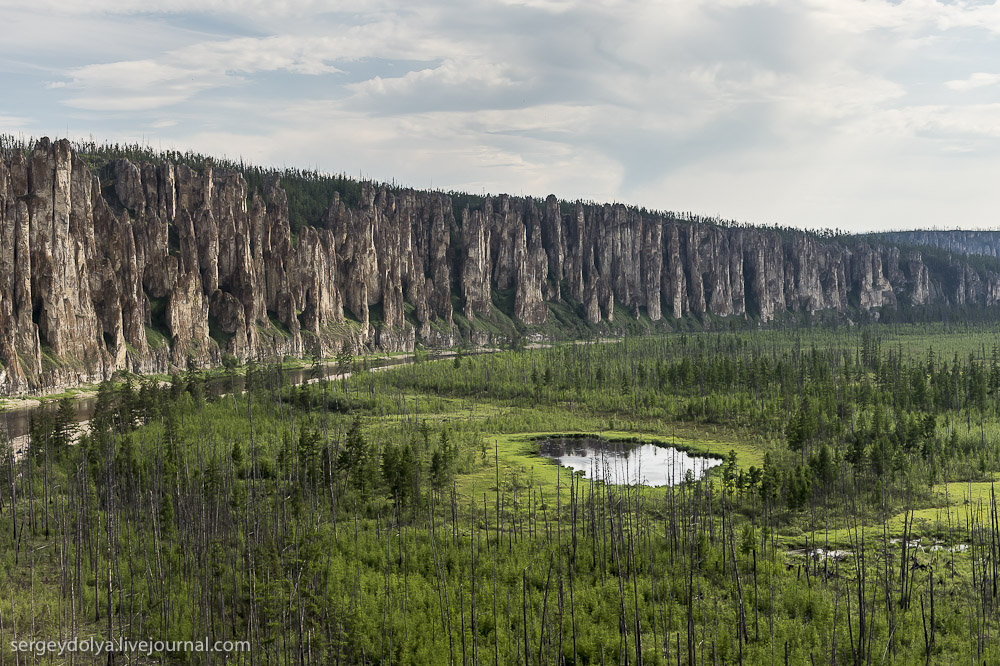Lena Stone Pillars – The Extraodrinary 500-Year-Old Forest In Russia
| HTTP://ENGLISHRUSSIA.COM/?P=5202#MORE-5202 |
Lena Pillars (Russian: Ле́нские столбы́, tr. Lenskiye Stolby; Yakut: Өлүөнэ туруук хайалара, Ölüöne Turūk Khayalara) is the name given to a natural rock formation along the banks of the Lena River in far eastern Siberia. The pillars are 150–300 metres (490–980 ft) high, and were formed in some of the Cambrian period sea-basins. The highest density of pillars is reached between the villages of Petrovskoye and Tit-Ary. The Lena Pillars Nature Park was inscribed on the World Heritage List in 2012.
The site lies around 180 kilometres (110 mi), less than a day’s boat ride, upriver (south) from the city of Yakutsk, the capital of the autonomous Sakha Republic.
| Photo: Natural World Site Heritages |
Lena’s Pillars are a natural rock formation which was made a World Heritage site in 2006. Numerous fossils and ancient organisms can be found at these pillars, and the area is important for its fossil record of the explosion of life in the lower Cambrian. It has also been the site of many mega-fauna fossils such as mammoth (Mammuthus primigenius Blum), bison (Bison priscus Boj), woolly rhinoceros (Coelodonta antiquitatis Blum), Lena horse (Equus lenensis Russ), and reindeer (Rangifer tarandus L). Evidence of ancient human life can be seen from the rock paintings and manuscripts from the area.
Numerous fossils and ancient organisms can be found at these pillars, and the area is important for its fossil record of the explosion of life in the lower Cambrian. It has also been the site of many mega-fauna fossils such as mammoth (Mammuthus primigenius Blum), bison (Bison priscus Boj), woolly rhinoceros (Coelodonta antiquitatis Blum), Lena horse (Equus lenensis Russ), and reindeer (Rangifer tarandus L). Evidence of ancient human life can be seen from the rock paintings and manuscripts from the area.
Although Lena’s Pillars are an amazing sight to behold, be aware of the long (and expensive) trip ahead of you, as well as the lack of basic comforts and amenities due to the remoteness and isolation of the of the area.
| Photo: Russiatrek |
Tourism
One may plan a river cruise by contacting a travel service in the city of Yakutsk. Those interested in limnology or ecotourism, and others who visit Lake Baikal, can coordinate a river sojourn with the aid of a guide from the Lake Baikal region; however, consider that Yakutsk, the world’s coldest city and where the river cruises originate, is approximately 1,400 kilometres (870 mi) northeast of Lake Baikal.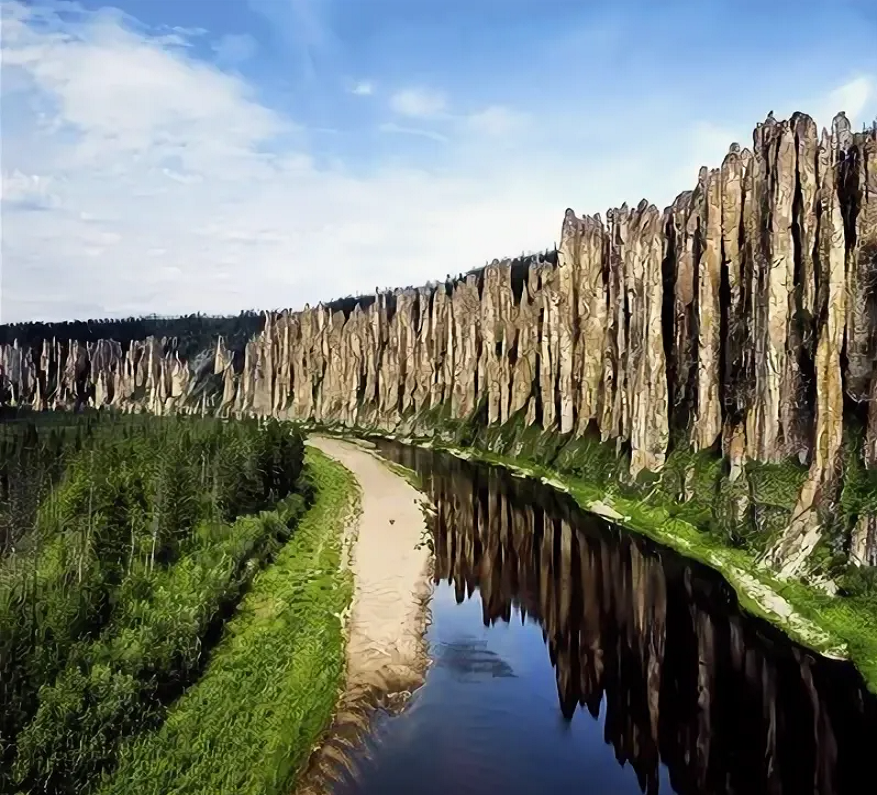
Few modern amenities exist in this part of Russia, unless one travels by cruise ship on the Lena River. Tit-Ary on the other side of the river has a gravel road from Yakutsk.
Hiking trails in the region are steep and at times precarious.
Lake Baikal
| Photo: Adventure |
Lake Baikal, Russian Ozero Baykal, also spelled Ozero Bajkal, lake located in the southern part of eastern Siberia within the republic of Buryatia and Irkutsk oblast (province) of Russia. It is the oldest existing freshwater lake on Earth (20 million–25 million years old), as well as the deepest continental body of water, having a maximum depth of 5,315 feet (1,620 metres). Its area is some 12,200 square miles (31,500 square km), with a length of 395 miles (636 km) and an average width of 30 miles (48 km). It is also the world’s largest freshwater lake by volume, containing about one-fifth of the fresh water on Earth’s surface, some 5,500 cubic miles (23,000 cubic km). Into Lake Baikal flow more than 330 rivers and streams, the largest of which include the Selenga, Barguzin, Upper (Verkhnyaya) Angara, Chikoy, and Uda.
Into Lake Baikal flow more than 330 rivers and streams, the largest of which include the Selenga, Barguzin, Upper (Verkhnyaya) Angara, Chikoy, and Uda.
Baikal lies in a deep structural hollow surrounded by mountains, some of which rise more than 6,600 feet (2,000 metres) above the lake’s surface. The sedimentary strata on the floor of the lake may be as much as 20,000 feet (6,100 metres) thick. Breaks in Earth’s crust produce hot mineral springs in the area. There are occasional severe earthquakes; in 1862 a quake inundated about 77 square miles (200 square km) in the northern Selenga delta, creating a new bay in Baikal known as Proval Bay.
The lake hollow is not symmetrical, having steep slopes on the western shores and gentler slopes on the eastern. The meandering shoreline runs for some 1,300 miles (2,100 km), with large indentations at the bays of Barguzin, Chivyrkuysky, and Proval and at Ayaya and Frolikha inlets; the Svyatoy Nos Peninsula juts out into the lake from the eastern shore. Baikal contains some 45 islets and islands, the largest of which are Olkhon (about 270 square miles [700 square km]) and Bolshoy (Great) Ushkany (3.6 square miles [9.4 square km]). The influx of water into the lake is primarily from rivers, chiefly the Selenga. The only outflow is through the Angara River, a tributary of the Yenisey.
Baikal contains some 45 islets and islands, the largest of which are Olkhon (about 270 square miles [700 square km]) and Bolshoy (Great) Ushkany (3.6 square miles [9.4 square km]). The influx of water into the lake is primarily from rivers, chiefly the Selenga. The only outflow is through the Angara River, a tributary of the Yenisey.
Geology and Climate of Lena Pillars
| Photo: Russiatrek |
The pillars consist of alternating layers of limestone, marlstone, dolomite and slate of early to middle Cambrian age, which are weathered, producing the rugged outcrops.
These types of rocks are commonly formed in marine environments and the horizontal layering and vertical variation indicates marine transgression/regression; with the slate representing the deep marine, slightly metamorphosed shales.
The climate is acutely continental with temperatures reaching as low as -60°C in winter and as high as +35°C in summer.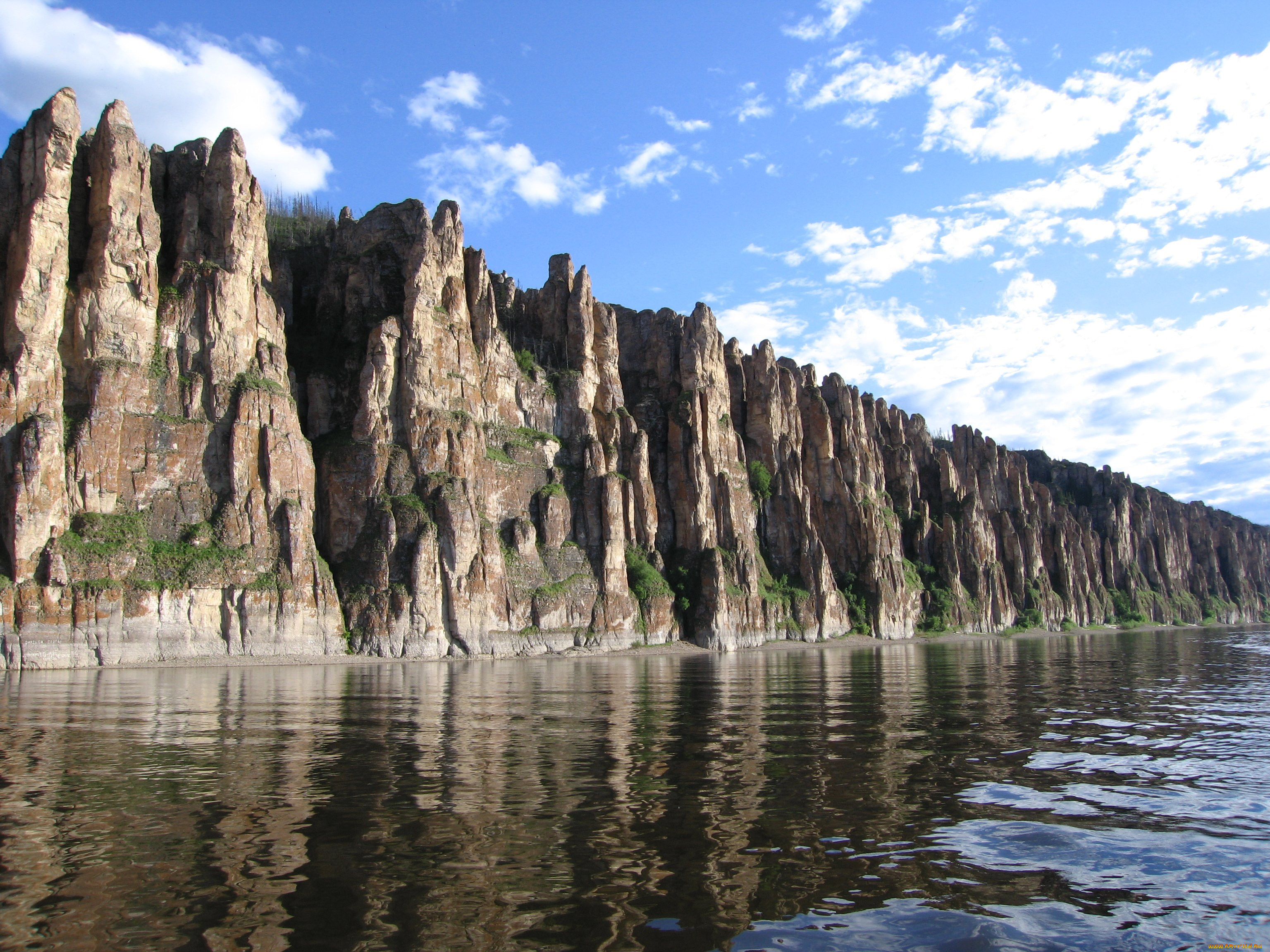
| Photo: Russiatrek |
| The Most Beautiful Castles Around The World Through Dutch Photographer’s Lenses Vincent Croce, a Dutch photographer, has travelled around the world and Europe to capture the mesmerizing beauty of the ancient castles. |
| Autumn in Japan Through a Vietnamese Lens In Autumn, Kyoto is covered with red and yellow leaves forming part of the slow pace of life in the ancient capital. |
| 12 Breathtaking Forgotten Places And Ruins Around The World 12 breathtaking forgotten places, ruins and historical relics, shared in the ‘Abandoned Beauties’ Facebook group. |
Lena’s Stone Forest — Natural Wonders of Russia
Pardeep
๑۩۩๑┼●ℛŐŶ
- #1
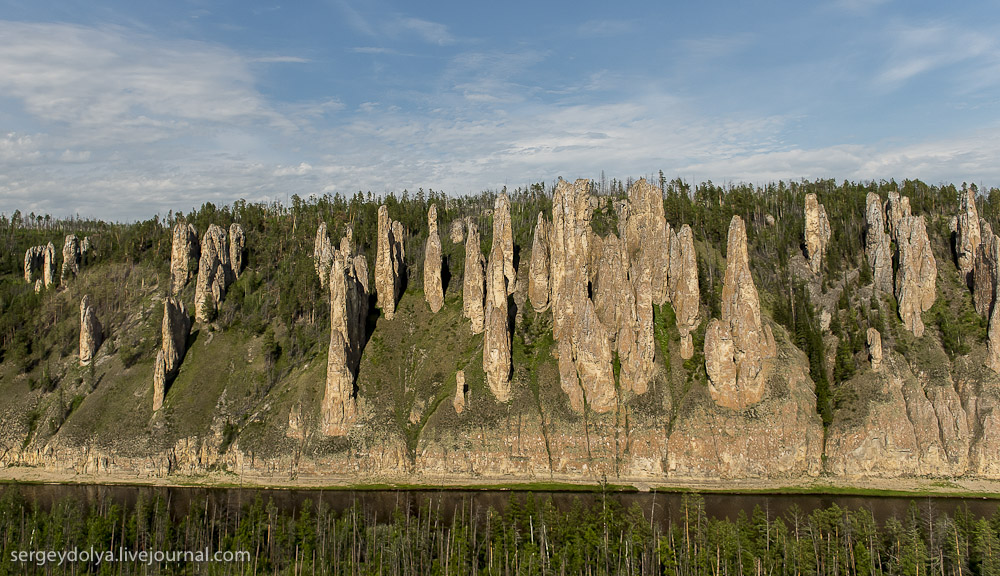
Lena’s Stone Forest offers tourists a unique sight. Colossal stone statues rise up from the earth and pierce the sky, like giants frozen in time. The pillars are grouped together and stretch for tens of kilometers, along the river banks.
Unfortunately reaching this wondrous place is no easy feat. It lies in a part of Siberia not yet touched by civilization and it will take you roughly four days to reach it, from Moscow. After a long flight, you’ll encounter armed locals more than glad to take you to Lena’s Stone Pillars, in their boats, for a small $500 fee. The boat ride lasts about 3 days, but once/if you reach your destination, it will all have been worth it.
kudi_patole_wargi
Ki Zor Gareeba Da
- #2
its pretty!
prithvi.
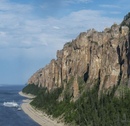 k
kon off on off……
- #3
russia, nice place
→ ✰ Dead . UnP ✰ ←
→ Pendu ✰ ←
- #4
Very Nice
Tfs
*Sippu*
*FrOzEn TeARs*
- #5
nice tfs
[Hardeep]
VIP
- #6
nice place
mika_85
Elite
-
- #7
how to get there.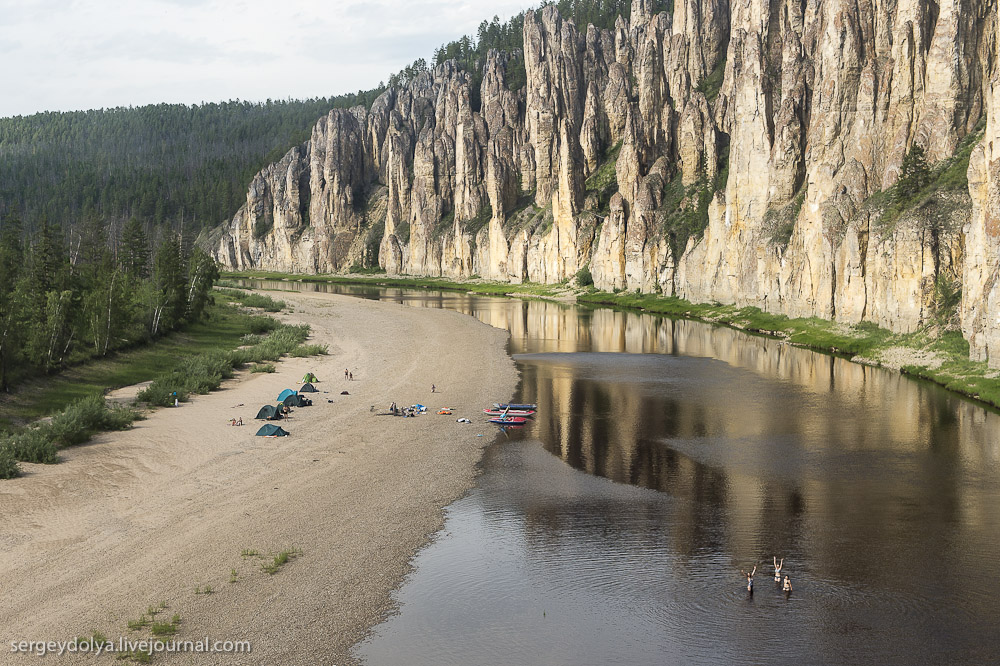 … can ayone tell me the exact travel plan??????????
… can ayone tell me the exact travel plan??????????
ลgǝи†.47
Codename 47
- #8
o m g thats nice
Одно из красивейших природных чудес России
Главная / Россия / Невероятные места России / Ленские каменные столбы: одно из красивейших природных чудес России
Админ 14 марта 2020 г. невероятных мест в России Комментарии к записи Ленские каменные столбы: одно из красивейших природных чудес России отключены 3 063 Просмотров
Для посещения Ленских каменных столбов вы отправитесь из города Москва.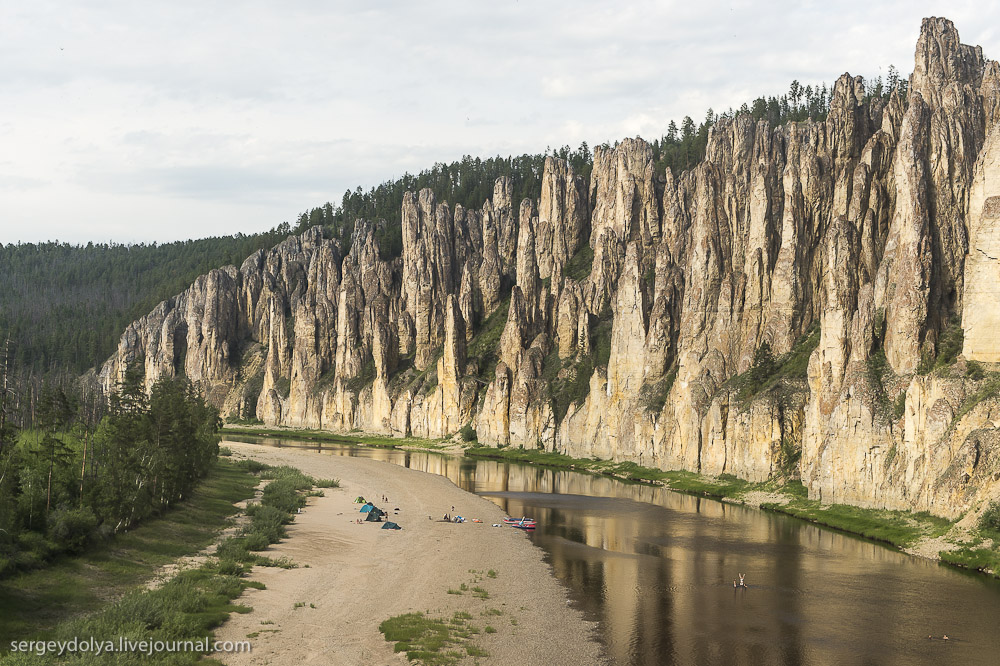 Вам предстоит 6-часовой перелет из Якутска, сибирского города. Приехав в город Якутск, вам нужно будет плыть дальше на лодке, чтобы увидеть Ленские каменные столбы. Ленские столбы представляют собой природное каменное скопление, объявленное объектом Всемирного наследия в 2006 году. Рядом с этими Ленскими каменными столбами можно найти различные организмы и окаменелости, что делает этот район важной частью экосистемы.
Вам предстоит 6-часовой перелет из Якутска, сибирского города. Приехав в город Якутск, вам нужно будет плыть дальше на лодке, чтобы увидеть Ленские каменные столбы. Ленские столбы представляют собой природное каменное скопление, объявленное объектом Всемирного наследия в 2006 году. Рядом с этими Ленскими каменными столбами можно найти различные организмы и окаменелости, что делает этот район важной частью экосистемы.
В нижнекембрийскую эпоху произошел очень резкий перелом в истории развития органического мира. Это было известно как «бум» биоразнообразия. Ленские каменные столбы надежно хранят все эти сокровища. Здесь было найдено несколько окаменелостей взрыва жизни.
Район также служит местонахождением бесчисленных окаменелостей мегафауны, включая бизона (Bison priscus Boj), мамонта (Mammuthus primigenius Blum), шерстистого носорога (Coelodonta antiquatatis Blum), северного оленя (Rangifer tarandus L) и лошадь (Equus lenensis Russ). Также у Ленских каменных столбов можно увидеть древние рукописи и картины, служащие свидетельством существования тогдашней человеческой эпохи.
Помимо этих примитивных популяций фауны, в природном парке Ленские Каменные Столбы обитают и некоторые из древних организмов – моллюски, губки, раковины и трилобиты, которые были частью кембрийского взрыва.
Ленские столбы радуют глаз и поднимают настроение. Однако вы должны быть готовы к дорогостоящему и долгому путешествию, которое вам нужно совершить, чтобы добраться до Столпов. Кроме того, может отсутствовать элементарная инфраструктура и комфорт из-за изоляции и удаленности, преобладающих в этом районе.
Великолепный вид Ленских столбов просто не имеет себе равных, и он стоит всех хлопот, если вы любитель исследовать новые места для путешествий. Место также известно под названием Ленский каменный лес, который, как упоминалось выше, представляет собой естественное образование скал, расположенное на расстоянии 60 км вверх по реке на лодке от города Якутска. Каменные сооружения возвышаются на высоте около 150 метров и поражают своей протяженностью около 80 км вдоль реки.
Образование этих каменных столбов в кембрийском морском бассейне датируется 500 миллионами лет, и они образованы чередующимися слоями мергеля, известняка, сланца и доломита. Регион расположен недалеко от реки, что приводит к экстремальному климату с высокой влажностью из-за высоких температур, поднимающихся выше 40 градусов. А зимой даже опускается ниже -60 градусов. Это приводит к криогенному процессу, который в конечном итоге приводит к разрушению горных пород при замораживании-оттаивании и дальнейшему расширению оврагов между ними.
Поразительная красота и живописность Ленских каменных столбов не перестают очаровывать путешественников с 17 го века. Однако на пути возникает то, что вам нужно много спешить, чтобы добраться до места назначения. Самое приятное в этом месте то, что оно еще не эксплуатировалось людьми. И таким образом, он продолжает сохранять свидетельства существования населения на Земле вместе с историей их развития.
Ленские каменные столбы не только являются захватывающим местом для посещения, но и обладают двумя отличительными чертами, представляющими международный интерес и связанными с науками о Земле.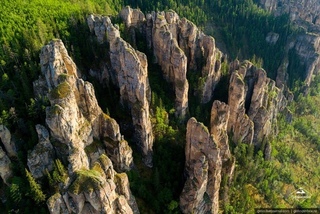
Эти знаменитые столбы вдоль реки Лены представляют собой скальные контрфорсы, разделенные крутыми и глубокими оврагами, которые, как мы уже говорили выше, образовались из-за явления морозостойкости. Глубокие овраги еще больше удлиняются по направлению к промежуточным суставам. Столбы также способствуют формированию впечатляющего прерывистого пояса, который тянется назад от края реки, выстилающей также врезанные долины.
Место удивительно хорошо сохранилось и служит платформой для отложения карбонатов в тропическом регионе. Последующей тектонической или метаморфической обработки не произошло, и поэтому в этом районе есть великолепные и освежающие обнажения. Кроме того, объект Всемирного наследия является домом для полностью задокументированных и процветающих записей о разнообразии биоминерализованных организмов и скелетных животных со дня их первого появления до момента их массового вымирания.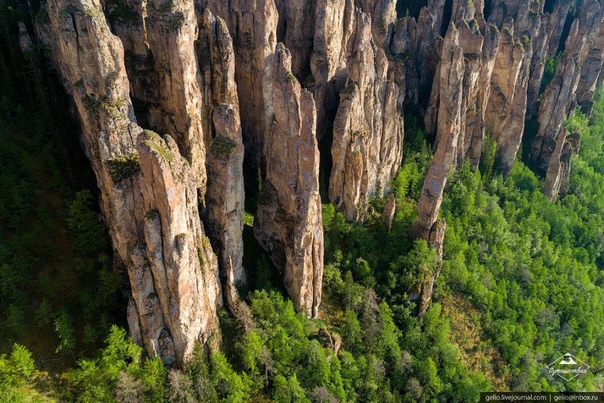
Ленские столбы, сконструированные из самого крупного и раннего как в пространственном, так и во временном смысле, ископаемого многоклеточного рифа, относящегося к кембрийской эпохе. В регионе наблюдается множество исключительных процессов тонкой дезинтеграции и образования пород, которые преобладают в форме этих карбонатных столбов, которые стоит посетить.
Об администраторе
Назад Парк деревянных скульптур Лукоморье в Ангарске, Россия
Далее Музей водки в Москве, Россия
Поездка на Ленские столбы; холод – чуть не убил нас!
- #моя экспедиция
- #россия
29 марта 2021 г.
Продолжающаяся якутская тема — это хорошо, но без… Ленских столбов она никогда не была бы полной! Уникальный — проверьте. Грандиозно — есть. Обязательно посмотрите – проверьте! Длинная (~250 км!) линия огромных каменных «пальцев» (~200 м высотой), торчащих из земли вдоль восточного берега Лены ->
Ленские столбы прочно вошли в мой список 100 самых красивых и обязательных к посещению мест на планете с момента его создания, это само собой разумеется.
Дорога до них зимой занимает целый день на машине из Якутска. Сначала вы доберетесь до близлежащего Покровска по вполне приличной дороге. Продолжаешь ехать мимо деревень на левом берегу реки, потом полтора часа по… «ледяной дороге» — такой же ледяной дороге, которая соединяет Якутск с Ленским шоссе. Если вы хотите увидеть, как ездят по этой ледяной дороге, посмотрите кадры с видеорегистратора в конце этого поста…
Там есть пешеходная дорожка, затем несколько сотен ступенек, по которым вы быстро доберетесь до вершины столбов. Добравшись до вершины, я сразу заметил, что виды зимой заметно отличаются от летних (я был здесь еще в 2013 году). В основном все покрыто снегом или инеем. Очень похоже на Якутск, но «сельский» вариант:
Вид на реку Лену — обалденный. Он такой же грандиозный – и широкий (здесь 3 км!) – как и летом, конечно, только цвет поменялся! ->
Одно но: здесь был мороз! До этой прогулки мы находились на улице при температуре -50°C час или полтора, максимум. Сегодня мы были на морозе намного дольше. Одним словом: ой! Сильнее всего мы чувствовали лютый мороз, когда сидели на санях, которые буксировал снегоход по замерзшей Лене. Мы только на санях проехали три километра по реке, а к подножию столбов уже все покрылись инеем! Брррррр. Так как я не хотел повторять это, я решил вернуться пешком. И я сделал это! Вау! С одного берега Лены на другой – пешком! Посередине реки было немного шероховато – из-за больших глыб льда, которые мне приходилось объезжать, – а потом стало более чем страшно, когда я заметил несколько трещин во льду (!), проделанных под рекой. вес выпавшего снега, но я сделал это!
Сегодня мы были на морозе намного дольше. Одним словом: ой! Сильнее всего мы чувствовали лютый мороз, когда сидели на санях, которые буксировал снегоход по замерзшей Лене. Мы только на санях проехали три километра по реке, а к подножию столбов уже все покрылись инеем! Брррррр. Так как я не хотел повторять это, я решил вернуться пешком. И я сделал это! Вау! С одного берега Лены на другой – пешком! Посередине реки было немного шероховато – из-за больших глыб льда, которые мне приходилось объезжать, – а потом стало более чем страшно, когда я заметил несколько трещин во льду (!), проделанных под рекой. вес выпавшего снега, но я сделал это!
Лена, ты поставила меня на колени!
Ленские столбы в любое время года — о-о-о-о-о-о-о-о-о-о-о-о-о-о-о-о-о-о-о-о-о-о-е, зимой, надо сказать, немножко меньше. Поскольку почти все покрыто белизной, столбы как бы замаскированы в не слишком далеком расстоянии, а высота скал как-то менее бросается в глаза:
мякоть сами — убедитесь, что вы пришли в сезон, когда вы действительно можете увидеть мякоть, не закутанную в белое одеяло).